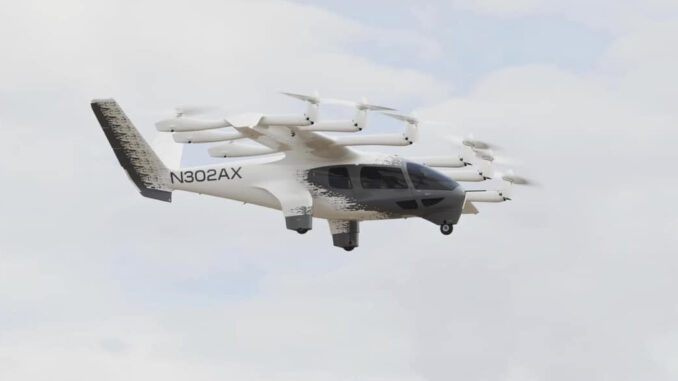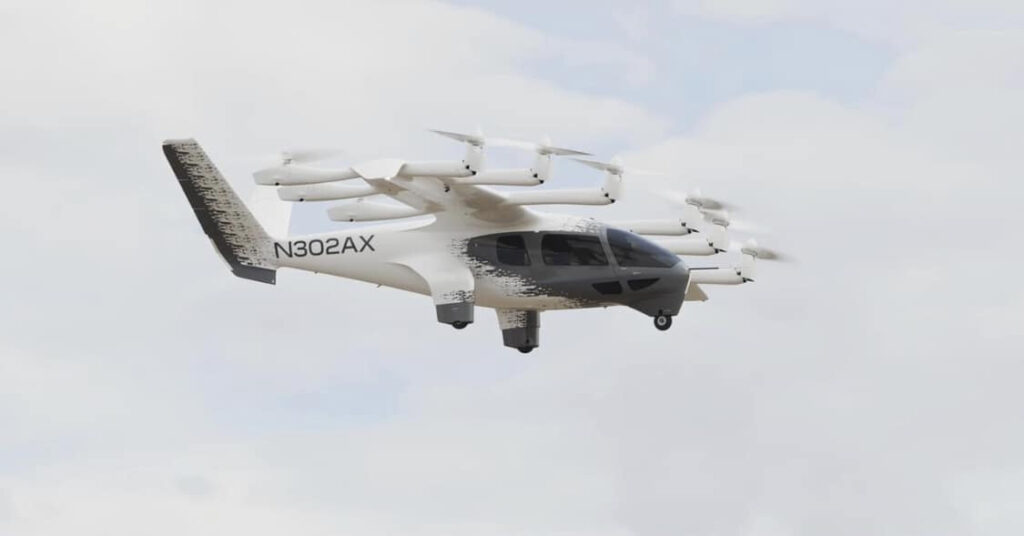
The FAA and EASA establish certification criteria for eVTOL air taxis, accelerating the development of advanced air mobility.
The Federal Aviation Administration (FAA) and the European Aviation Safety Agency (EASA) have published new certification criteria for advanced air mobility (AAM) aircraft, such as electric vertical take-off and landing (eVTOL) air taxis. These criteria apply to aircraft such as those from Archer Aviation and Joby Aviation, facilitating a faster, standardised route to certification. The FAA has defined specific safety and performance requirements, simplifying the certification process for future projects.
Advanced Air Mobility (AAM) represents a new frontier for urban and suburban transport. Electric vertical take-off and landing (eVTOL) air taxis are at the heart of this revolution, offering fast, environmentally-friendly transport solutions. Recently, the Federal Aviation Administration (FAA) and the European Aviation Safety Agency (EASA) took a crucial step by defining new certification criteria for these aircraft. This article explores these developments, their implications and their potential benefits for the future of air mobility.
New certification criteria
The FAA and EASA have developed certification criteria for eVTOL aircraft, aimed at standardising and securing their development. These criteria include safety, performance and reliability requirements specifically tailored to the unique characteristics of eVTOLs.
Safety requirements
The new certification criteria focus on passenger and operational safety. Aircraft must demonstrate exceptional reliability, with redundant systems for electric motors and batteries. For example, eVTOLs must be able to continue flying safely even in the event of a motor failure.
Operational performance
The performance of eVTOLs is also rigorously assessed. Criteria include flight tests to verify stability, manoeuvrability and vertical take-off and landing capabilities. Aircraft must also prove their fuel efficiency and ability to operate in dense urban environments.
Consequences of the new criteria
These criteria ensure that eVTOLs meet high safety and performance standards, which are essential for their acceptance by the public and their integration into urban airspace. By standardising the certification process, the FAA and EASA are facilitating the development and rapid deployment of these new technologies.
Advantages and disadvantages of eVTOL air taxis
eVTOL air taxis offer many advantages, but also present challenges that are crucial to examine.
Advantages
eVTOL air taxis promise to significantly reduce journey times in urban and suburban areas. For example, a 30 km journey by car, taking around an hour at peak times, could be reduced to 10 minutes by eVTOL. In addition, these electric aircraft help to reduce carbon emissions, bringing urban transport into line with global environmental objectives.
Disadvantages
However, eVTOLs present challenges in terms of airspace regulation, noise management and infrastructure. Urban areas will need to develop special infrastructure, such as vertiports, to facilitate the take-off and landing of eVTOLs. In addition, the safe integration of these aircraft into already dense airspace will require rigorous coordination and the adoption of new air traffic management technologies.

Consequences for the aviation industry
The introduction of eVTOLs and the new certification criteria will have significant consequences for the aviation industry.
Acceleration of innovation
The standardised certification criteria will stimulate innovation by providing a clear framework for developers. Companies such as Archer Aviation and Joby Aviation can now focus their efforts on improving the performance and safety of their aircraft, rather than on regulatory uncertainties.
Economic impact
The growth of eVTOLs could create new economic opportunities, generating jobs in the manufacture, maintenance and operation of air taxis. For example, it is estimated that the advanced air mobility industry could be worth several billion euros by 2030, growing rapidly as infrastructure and regulations are put in place.
Regulatory challenges
Despite the new criteria, regulatory challenges remain. Authorities will need to continually adapt regulations to take account of technological developments and new business models. This includes air traffic management, communications security and the protection of passenger privacy.
Extrapolating the subject: towards a future of air mobility
The adoption of eVTOLs is a first step towards a future where air mobility could become as commonplace as cars are today.
Urban integration
For eVTOLs to become an everyday reality, cities will need to rethink their urban infrastructure. Vertiports, recharging hubs and dedicated air corridors will have to be developed. Cities like Dubai and Los Angeles have already started planning and investing in these infrastructures.
Future innovations
Future innovations could include autonomous eVTOLs, eliminating the need for pilots and further reducing operational costs. Advances in battery and propulsion technologies could also improve the range and performance of eVTOLs, making intercity journeys more accessible.
Environmental issues
Finally, the environmental impact of eVTOLs will need to be continually assessed. Although these aircraft are electric, their mass production, maintenance and use could have ecological consequences. Measures will need to be taken to ensure that the adoption of eVTOLs makes a real contribution to environmental sustainability.
The new certification criteria for eVTOLs defined by the FAA and EASA represent a major step forward for the advanced air mobility industry. These criteria provide a clear and rigorous framework for the development of safe and efficient air taxis. While challenges remain, the potential benefits in terms of reduced journey times, improved air quality and economic stimulus are considerable. As technologies and regulations evolve, eVTOLs could become an essential component of the urban mobility of the future.
War Wings Daily is an independant magazine.